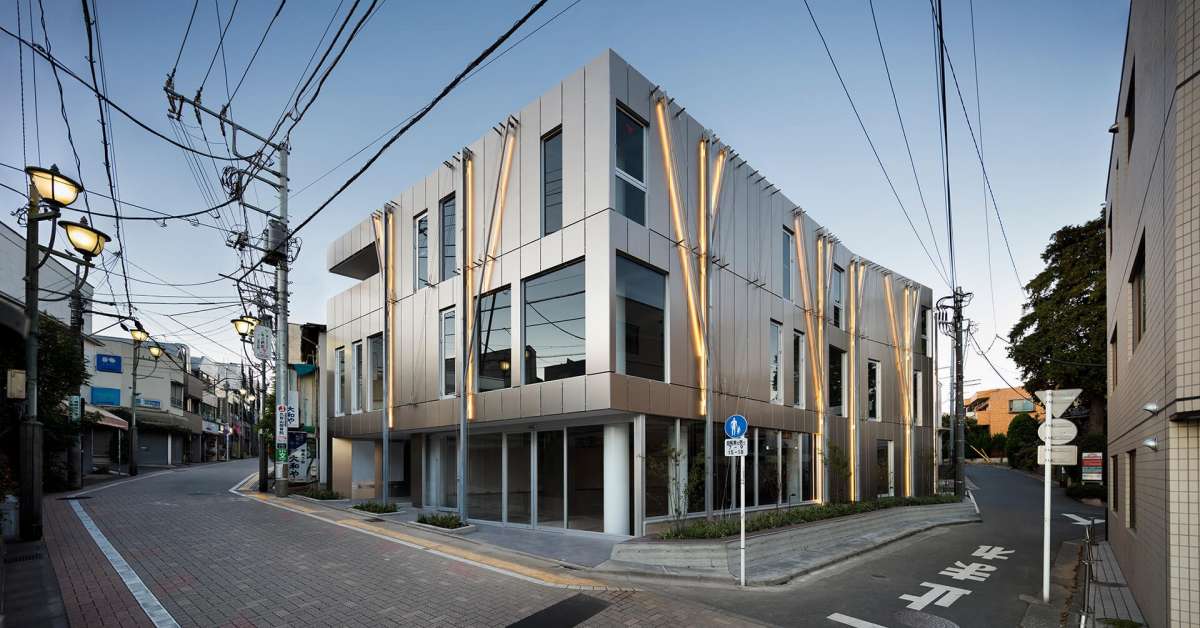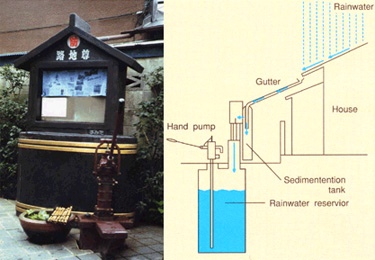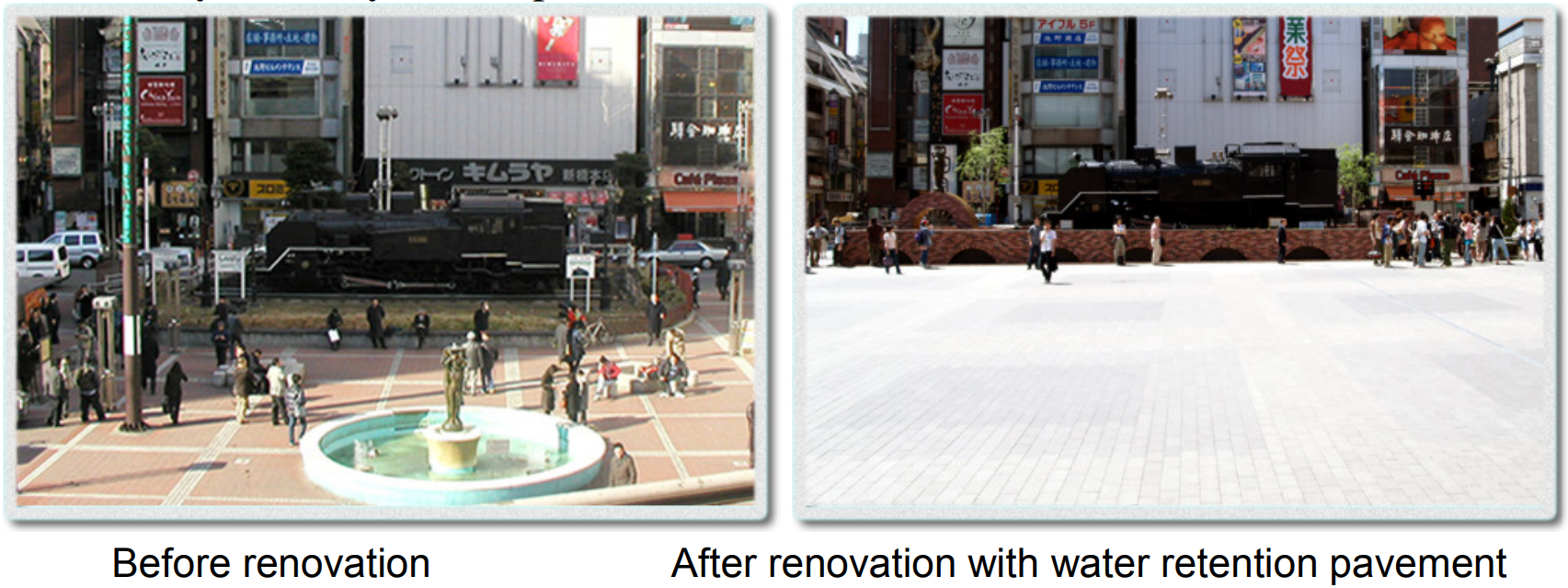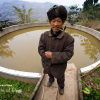27 February 2023
Rainwater Harvesting
Around the World - Japan
Water – or sui in Japanese - is an ever-present power in Japanese history.

Japan is a country that is known for its technology, innovation, and environmental awareness. However, despite its advanced technological capabilities, the country still faces the challenges of water scarcity and sustainable water management.
With Japan’s rapidly growing population and industrial development, the demand for fresh water is increasing, putting pressure on the country's limited water resources. In recent years, Japan was tremendously hit by urban flooding - sewer backups and flooding of small- to medium-sized rivers when heavy rains fall. In one incident, a person was drowned by water overflowing into an underground shopping area.
In response to this challenge, many Japanese communities and businesses are turning to rainwater harvesting as a sustainable solution. The main objectives of rainwater harvesting are to reduce the demand for potable water sources, conserve water resources, and improve water security.
Rainwater utilization in Japan is flourishing at both the public and private levels. Residents in the Mukojima district of Tokyo have set up a unique and simple facility “Rojison” to utilise rainwater collected from the roofs of private houses for drinking water, garden watering, and firefighting in emergencies.
Being an urbanized country, Japan holds a record of having the best road network among many other countries. Having a relatively large area, more land patches of the country are covered with concreted and cemented roads. The asphalt mixed with the concrete shapes the fine buildings, roads and parking lawns, and infrastructure – which prevents the rainwater from penetrating down the ground level. The system has been designed in such a way that the rivers passing through the towns can only flow in solid cement barriers. Hence, they get less polluted, only limited water is used and can serve their function of acting like channels for the bigger water streams.

In many parts of the country, the demand for freshwater is high, and traditional water sources are becoming increasingly scarce. By using collected rainwater, households and businesses can reduce their reliance on these sources.
Japanese have a beautiful way of doing things. A traditional functional ornament that provides visual pleasure, Kusari-toi or rain chain is also a type of drainpipe that hangs vertically down from the lateral gutter on roofs, designed to guide collected rainwater to the ground.
A new type of water retention pavement with a water supply from the rainwater storage tank has the potential to be introduced to public space for the mitigation of heat-island phenomena. The Minato ward adopted the water retention block at a public square, which is called Steam Locomotive (SL) square, in front of the west exit of the Shinbashi railway station in May 2006. The Shinbashi district is selected as a pilot area for applying the heat island measures by the Tokyo Metropolitan Government.

Another advantage of rainwater harvesting is that it helps reduce the amount of water that is lost to evaporation or runoff due to the country's dense urban development and concrete landscapes. In residential and commercial buildings, rainwater harvesting systems can be installed to collect and store rainwater from roofs and other surfaces. The collected water is then used for a variety of purposes, including irrigation, toilet flushing, washing, and landscaping or even for non-potable purposes after filtering and treating the harvested rainwater.
In addition to these benefits, rainwater harvesting can also help to improve the quality of water resources. In Japan, many traditional water sources are contaminated with pollutants and chemicals, which can have negative impacts on human health and the environment. By collecting and using rainwater, communities can reduce the amount of contaminated water that enters their water resources, which can help to improve water quality.
One of the most innovative applications of rainwater harvesting in Japan is its use in agriculture. Many Japanese farmers make the best use of rainwater harvesting to improve the quality of their crops and reduce their reliance on irrigation and other water sources. According to "Water Resources in Japan 2008" (Ministry of Land, Infrastructure, Transport and Tourism, 2008), the average annual total precipitation in Japan is 640 billion m3 and evapotranspiration is 230 billion m3, leaving potential water resources of 410 billion m3. From this potential, 54.9 billion m3 are used in agriculture. Groundwater contributes to agriculture water of 3.3 billion m3.
In conclusion, rainwater harvesting is an important solution to the challenges of water scarcity and sustainable water management in Japan. By promoting and adopting rainwater harvesting, Japan ensures a more sustainable future for its citizens and the environment. The multipurpose utilization of rainwater storage facilities has been positively promoted as they contribute to community activation as well as flood control. In addition, there have been good results in temperature reduction by introducing water retention pavement to the public square and small parks near railway stations in highly urbanized areas in Tokyo.


